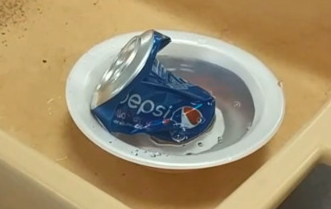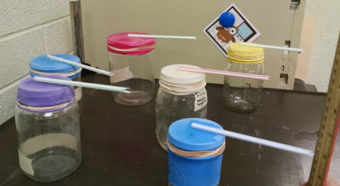Expository Text Structures or Types
Image

In this bundle of resources, students will be exposed to reading the different types of expository text: description, sequence, compare and contrast, caused and effect.

In this bundle of resources, students will be exposed to reading the different types of expository text: description, sequence, compare and contrast, caused and effect.

In this Earth Science lab, students will crush a soda can using atmospheric pressure. This is a common science experiment with a twist. In this version, students will calculate the total air pressure found on the outside of the can. The kids will take the surface area formula of a cylinder and find out about how many pounds of air is sitting on top of and around the can. This lab also attempts to incorporate math into a science class.

In this Earth Science lab, students will create their own homemade barometers using a canning jar, a balloon, and a straw. The barometers can show low and high-pressure systems. After they build their barometers, students will complete a daily log, by measuring the height differences of their barometers. They will determine rising and falling barometers. Students will also observe the weather that is currently outside.